Challenges Adapting Product Roles when Growing/I



In this post we will discuss common challenges of adapting the product roles and strategies during different stages of a company with the example of mySugr. The next post about "Two Experiments to Scale up the Product Owner" will cover experiments that we launched to deal with the challenges.
Since mySugr became part of the Roche family they are growing fast and their group of Product Owners grew from one to four in less than a year in 2018. Working with mySugr since 2012 I’ve now been invited to shadow their four Product Owners during three days of work at their headquarter in Vienna to find out how we may improve the structure to support further growth of the product organisation.
In this article we describe the journey of scaling the product role at mySugr and experiments we have started to continuously adapt the role to changing needs of a growing business model.
Monday

When following their conversation on their Monday jour fixe I tried to make sense of what I heard to map it to their Business Model. Here’s the rough map using the Business Model Canvas of the quotes I heard forming in my mind.
This map shows the context switches within the team during one meeting who deal with basically anything that’s affecting the code base of the company. From issues with sales channels to regulatory requirements, three different customer segments, partner, code base and hiring people. In the follow-up meetings I’ve seen them breaking the work down into smaller chunks, cross-aligning with several trunks of development and navigating conversations up and down from strategy to code with different stakeholders.
Centralized Product to Help Teams Create Code

They are doing a great job helping the development teams level out the variability of new work arriving. This makes them feel like air traffic controllers are being fully loaded on a busy airline hub.
In the rush of the work pace typical for startups there is little room to deal with the full complexity level and they had no space to manage work visually. This combined with a lot of context switches creates a feeling of rushing thru, being overloaded and thrashing. One of them said “you start fresh on Monday like entering a washing machine and on Friday you get expelled completely washed”.A first approach to solve the problem of the overloaded PO role could be to just add more people to do the job. Yet this will not address the root cause: within the little group of the four PO heroines the full complexity of mySugr’s business model is mirrored. The centralized PO function which is organized towards the teams and not the drivers of the business model doesn’t allow filtering the arrival of new work.
Descale the Work and Scale up Product
What is needed is not scaling up the PO team within the same structure but descaling the work on a strategic level to help teams organize decentralized around smaller objectives that are connected via the shared understanding of the business model. Before we discuss the experiments we’ve launched let’s understand why the current structure came into place and what the benefits are - nothing is black and white, particularly in growing startups -.
Why Does mySugr Use this Setup?
The setup of a centralized PO function isn’t that uncommon and was started about 1 1/2 years ago when mySugr expanded to the US with Frank Westermann, the founder and CEO leaving to San Diego to foster the business in the US and Marlis Schosser taking over the Head of Product and Product Owner role fully. The reason for centralizing the PO role was to create a community of practice to empower and improve the Product Process with a lean and agile approach, there was just one person who could step into this demanding position and the company was used to this collaboration pattern.
Growing Missfit with Evolving Company Objectives
One aspect that challenged the central PO role from the beginning was the complex business model of mySugr. mySugr’s mission is to make diabetes suck less. To simplify life with diabetes mySugr creates digital tools for a better therapy management and provides a convenient bundle that is delivered right in front of the patient's door. To make this possible mySugr collaborates with a diverse set of partners such as medical companies to integrate medical devices, insurances to provide the service to patients and healthcare professionals to help them create a better therapy outcome.
What makes this model particularly difficult is the regulatory framework of the medical industry, a very different approach to sales-driven B2B vs. customer-driven B2C and partner development. The centralized PO role did its job well to create an agile, delivery-focused workflow. But now it’s time to move on into a more complex and appropriate structure for product ownership that is a better fit for the evolving company objectives. In the second part of this post, we will discuss Two Experiments to Scale up the Product Owner.

